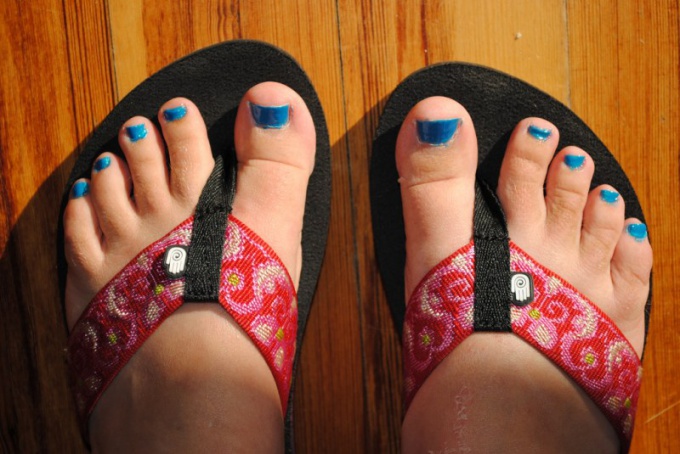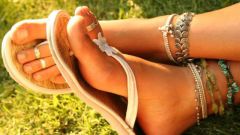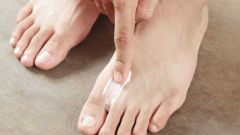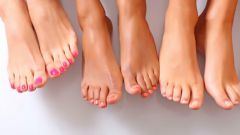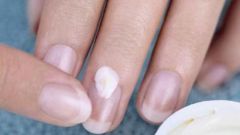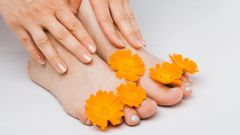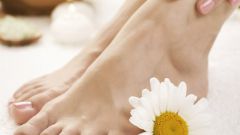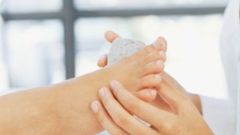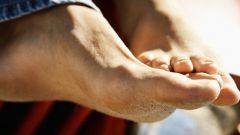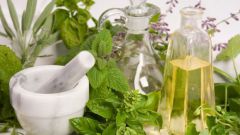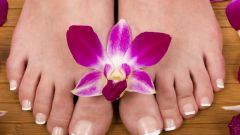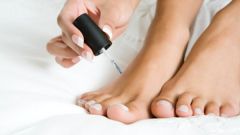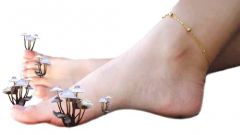You will need
- - topical antifungal drugs;
- - systemic antifungals;
- antifungal varnishes;
- soap-soda baths;
- - waterproof band-aid.
Instruction
1
If you think you have nail fungus, make an appointment with a dermatologist or mycologist. The specialist will examine you visually assess the condition of the nail and the degree of damage, make the scrapings and send them for analysis. After it received the results, the doctor will determine the type of fungus and prescribe the right treatment. Most likely, it will be in the use of local drugs and common actions.
2
When nails are affected not too much, enough and a local antifungal agent. For example, "Garnizona", "Acteria", "Nizoral", "Lamizila" or "Mikospor". These funds are issued in the form of ointments, creams and solutions. To apply them to the affected fungal nails it is necessary 2 times a day, but you need to prepare.
3
Dissolve in warm water a tablespoon of baking soda and about 50 grams of grated soap, submerge it stops and hold for 10-15 minutes. Then, with the help of pumice stone and manicure set, clear nail softened growths. You can now apply antimicotic.
4
Top glue waterproof adhesive and leave for a day. Then again, do soap and sodas bath and speel diseased part of the nail. Repeat these steps until, until it grows back completely healthy nails.
5
It happens that the disease is running so that the fungus grew on all nails. Then antifungal drugs have to be taken orally. This is "lamisil", "Orungal", "Diflucan", "Nizoral" and their many counterparts. But to use these tools, there are contraindications: diseases of the liver and kidneys, pregnancy, hormonal drugs, etc. in Parallel with systemic therapy can be applied to antifungal nail lacquers type "Batrafen".
Note
In any case, do not use nail files, scissors and other manicure accessories for the treatment of patients and healthy nails.
Useful advice
After the disappearance of external signs of the disease pass control tests, to ensure the final victory over the fungus.
